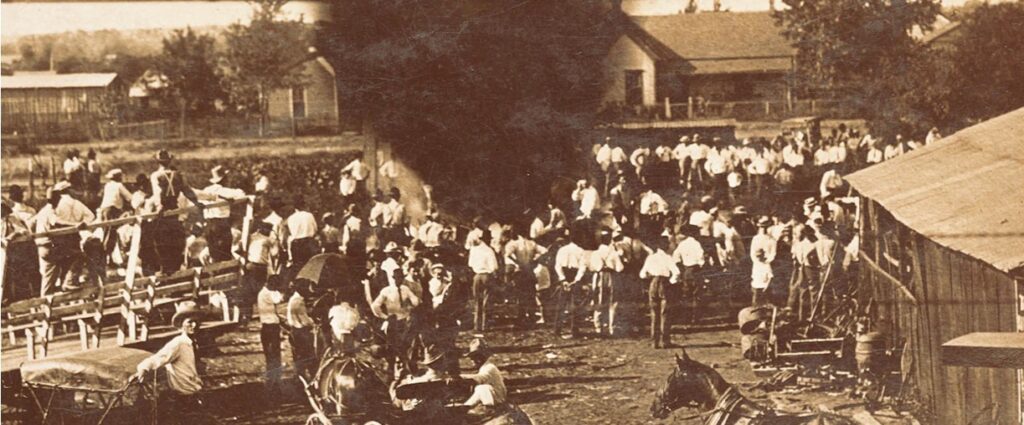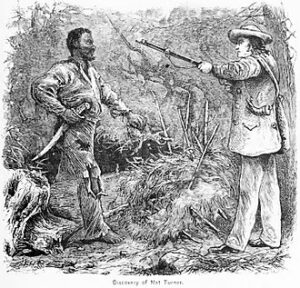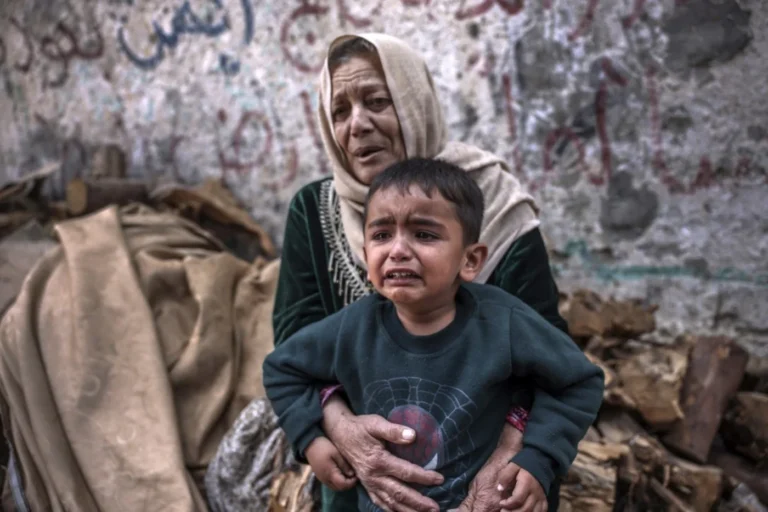
The United States of America is on its way to celebrate its two hundred and fiftieth year of Independence soon. As Indian students, most of the American history we know comes from the USA’s involvement during the World Wars. However, it is a thinly veiled fact that The American Dream has been formed on spilled blood–more accurately, spilled by Black Lynching. Without Sanctuary: Lynching Photography in America, curated by James Allen shows us the lesser known side of America’s sinister history. (Trigger Warning: Murder, Cannibalism, Gore, Black Lynching of Slaves)
James Allen describes the book as a “photo document of proof, an unearthing of crimes, of collective mass murder, of mass memory graves excavated from the American conscience.” The book is a curated collection of images taken across America between 1882-1950 of lynching and murders of black people. The reason behind the lynching was almost always fabricated– stealing, vagrancy, rape accusations; Think of Harper Lee’s To Kill A Mockingbird, the character of Tom Robinson was falsely accused of raping a white woman based solely on his race.
The Black Lynching Rampage
Lynching of Black slaves mostly included public hanging from trees. Other inhuman acts included torture, mutilation, desecration and decapitation. For instance, slaves were often burned alive until their body lost all water. There have been instances of people consuming the burnt flesh, returning home with ‘fried pieces of African-American hearts and livers.’

Pictures of the lynching was often sent as postcards. Many of these postcards and letters have been collected and may be found in Without Sanctuary. Skin, teeth and bones were often used to make souvenir purses or show-pieces. Black Lynching victims were also killed in other ways: being shot, burned alive, thrown off a bridge, dragged behind a car, etc. Hanging from trees was majorly practiced, pictures concentrating it being more famous as it was easily navigated. The famous Black American singer Billie Holiday sings about the cruel phenomenon in her song Strange Fruit.
“Southern trees bear a strange fruit, blood on the leaves and blood at the root. Black bodies swinging in the Southern breeze, strange fruit hanging from the poplar trees.”
So What Actually Happened during the Lynching?
The lynching was attended by white people in big numbers, often with the presence of a Priest. It was a regular Sunday Spectacle, a form of entertainment.
In 1899 a newspaper described the lynching, in Georgia, of a black farm laborer charged with killing his white employer: “In the presence of nearly 2,000 people… Sam Holt… was burned at the stake in a public road…. Before the torch was applied to the pyre, the Negro was deprived of his ears, fingers, and other portions of his body with surprising fortitude. Before the body was cool, it was cut to pieces, the bones were crushed into small bits and even the tree upon which the wretch met his fate were [sic] torn up and disposed of as souvenirs. The Negro’s heart was cut in small pieces, as was also his liver.
Nat Turner

Nat Turner was an enslaved Black man who led a rebellion against his white oppressors in the year 1831. His rebellion did not gain great momentum but resulted in the death of fifty-five white people including women and children. The whites, in retaliation, killed around a hundred and twenty Black slaves.
Turner was captured and put through trial. He was hanged and eventually beheaded. Elizabeth, his mother, claimed that Turner was “dragged and whipped to death” through multiple towns. After his execution, Turner’s body was dissected and flayed, with his skin being used to make souvenir purses. Turner’s bones were scraped and hung as a medical specimen. Afterward, the remaining flesh was boiled to make “medicinal grease.”
Black Lynching was carried out in a particularly heinous manner out of ‘fear’. White oppressors were afraid of Turner returning from the dead, making sure that every portion of him was completely debilitated.
Was Black Lynching A Ritualistic Human Sacrifice?
Sociologists like Patterson and Cowles have argued that the lynching was part of a sinister ritual: one which required a human sacrifice. The blacks found themselves as easy targets, getting killed without remorse. Aside from unethical scientific operations, the black also found themselves in the midst of pseudo-religious rituals.
Southern Gothic has often been characterized by a presence of religious motifs. (Think, Wise Blood by Flannery O’Connor or The Devil All The Time by Donald Ray Pollock) Theorists believe that the residents of Southern USA dealt with the humiliation of losing the Civil War by making themself believe that they had committed a great deal of sin–the loss was punishment–And that they must expel themself of the evil. It is such a mindset which might have led to more blacks being killed, or sacrificed, to please God. “The loveliest lynchee was our Lord.” Argue critics, alluding to Jesus’ lynching and death.
Religious ritual sacrifices have several characteristics, including torture, mass attendance, and burning. The lynching shared multiple characteristics with bona-fide rituals. The act was consecrated by fire, often frequented by the presence of clergymen. It was akin to a Sunday prayer.
Fire consecrated the act; the sacrifices did not take place in previously consecrated places, such as churches. But clergymen frequently incited the mob or joined it, and the sacrifice often occurred on a Sunday. Newspaper reports often noted that a collective hush generally came over the crowd at the moment of the victim’s death. The forced transition from life to death silenced even a murderous lynch mob.
Black Lives Matter
Lynching never happened in private. But its history was consciously hidden to re-construct the image of the American Dream. The most recent case of lynching led to a worldwide outrage–The Black Lives Matter Movement of 2020, after the murder of George Floyd.
Without Sanctuary focuses on the dead, the black victims. The white perpetrators are not named– not to protect their identity, but like the lynching itself, they have been hidden from the public eye. White Supremacists attribute carnal characteristics to blackness, always forgoing the possibility of violence being a characteristic which may be attributed to whiteness.
Keep up with us at The World Times for more such articles.



